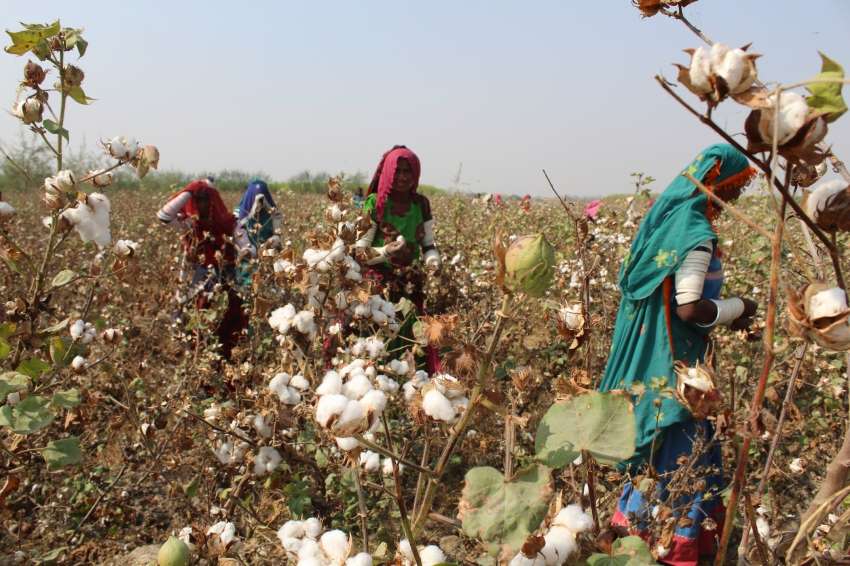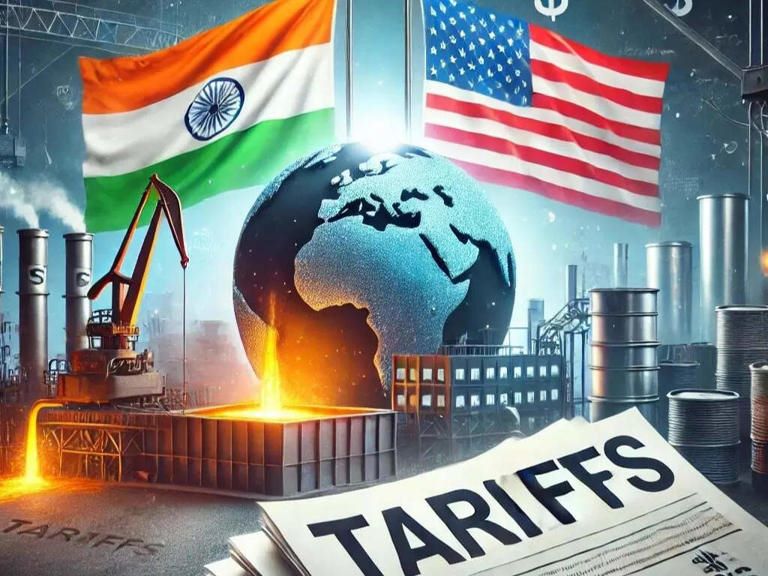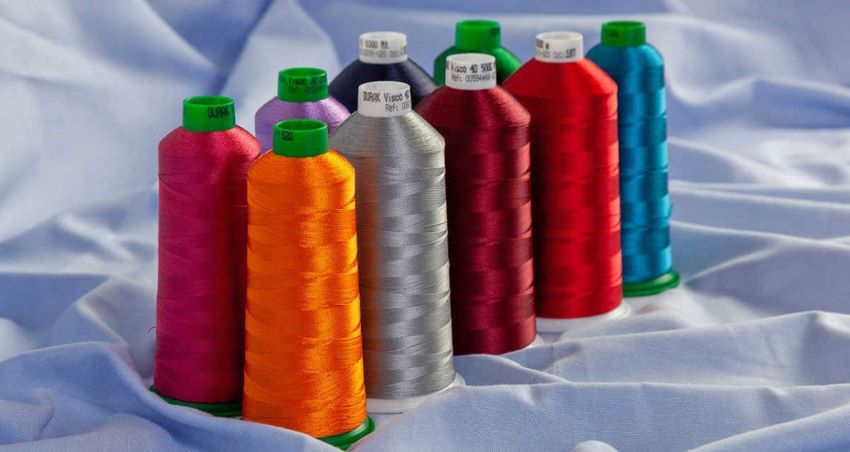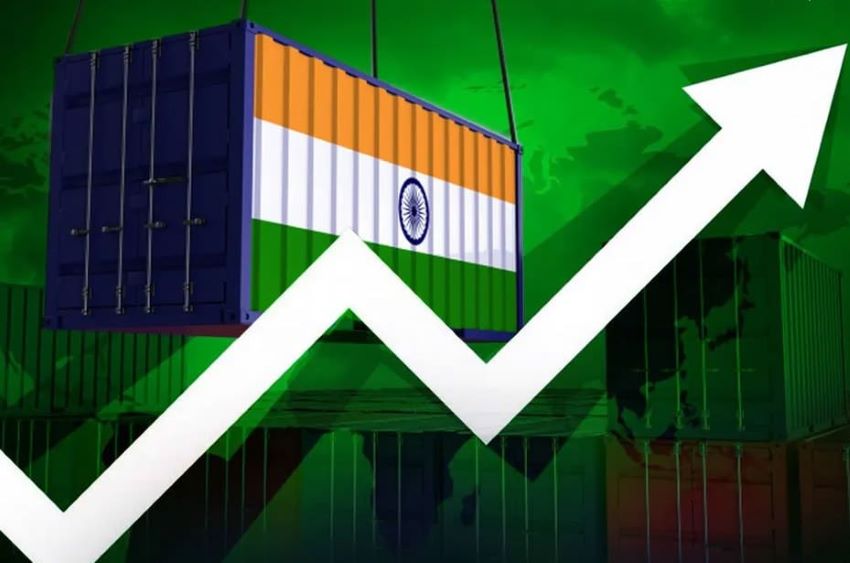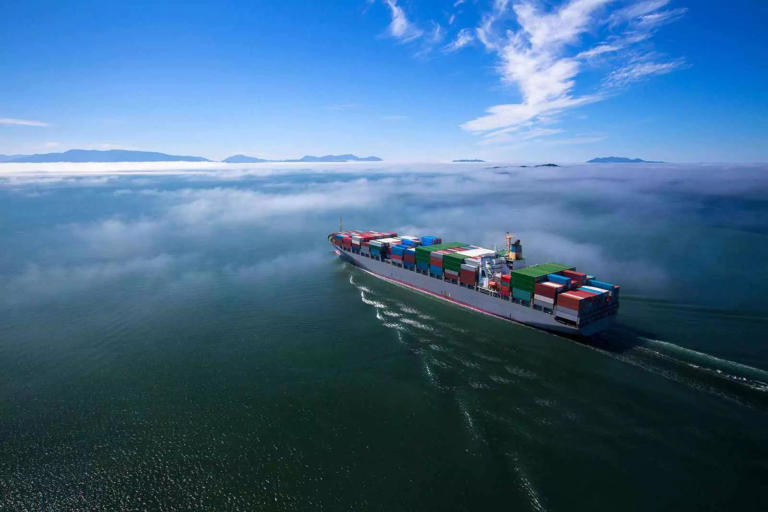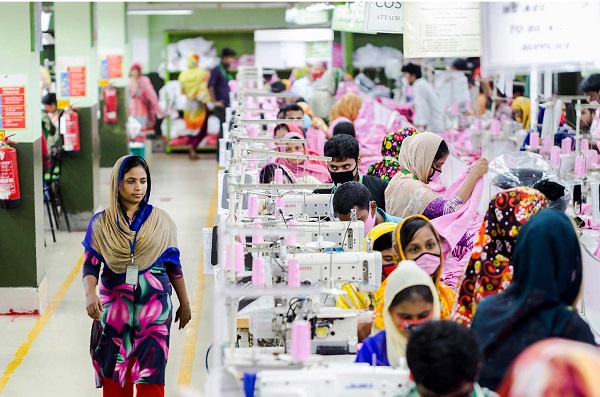 2022 hasn’t been a year of cheer for Bangladesh and its apparel export business. The traditional importers of Bangladesh’s garment products have primarily been the US, Germany, the UK, Spain, France, Italy, the Netherlands, Canada, and Belgium. The pandemic and the ongoing economic crises looming across the Western world has affected the volume of Bangladesh’s export to the point the nation faces a foreign exchange reserve crisis.
2022 hasn’t been a year of cheer for Bangladesh and its apparel export business. The traditional importers of Bangladesh’s garment products have primarily been the US, Germany, the UK, Spain, France, Italy, the Netherlands, Canada, and Belgium. The pandemic and the ongoing economic crises looming across the Western world has affected the volume of Bangladesh’s export to the point the nation faces a foreign exchange reserve crisis.
Moreover, its focus on manufacturing and exporting cotton-fibre based garments may have given it an established market in the West, but now is stagnating due to lack of diversification. Bangladeshi manufacturers of RMG contribute around a fifth of its gross domestic product and 82% of its export earnings. The shrinking of demand from the West has become a grave concern.
Commenting on the current scenario in Bangladesh, Shahidullah Azim, vice president of the Bangladesh Garment Manufacturers and Exporters Association (BGMEA) said, “Most factories are getting orders of less than 30% of their capacity for the next winter season amid record inflation rates across Europe and the US. To cope with the ongoing turbulence on the global economic and political fronts, we have started looking for [nearer] destinations to export to." Bangladesh cannot afford to slack off and has to quickly reclaim lost grounds as it grapples with dangerously low foreign exchange reserves. Sheikh Haseena’s government recently applied for a USD 4.5 billion loan from the IMF to help bring down the risk of the kind of instability that has swamped its neighbors Sri Lanka and Pakistan.
Eastward bound
It was only the logical way forward for Bangladesh to realise it needed market diversification and the East offered less crisis-related issues than the currently beleaguered West. Azim said, "We are going to hold garment expositions in Japan and Korea individually in October this year to attract more retailers and brands from these countries." Bangladesh has been eyeing the tiny but lucrative Singaporean market where its garment exports have been nominal as it does not have the advantage of being an ASEAN member like fellow competitor Vietnam. However, since the end of 2021, Bangladesh and Singapore have been working towards an FTA which might add an advantage to the South Asian nation. However, the best deal so far has been China agreeing to raise duty-free access to 98% of goods imported from Bangladesh.
Diversifying beyond cotton
Product diversification seems the way out of this situation and Bangladesh is eagerly embracing working with man-made fibres to enable them to enter trending niches such as athleisure, sports apparel and technical-textile made garments. Kutubuddin Ahmed, chairman of Envoy Textiles said, “In view of the prevailing situation, we are now focusing more in research and development to produce more low-cost fabric and man-made fabric, as people's buying capacity is going down due to inflation. Such a switch could also help clothing makers deal with soaring input costs. Raw material prices have hiked, so we are thinking how we can make our production cost effective.”
Bangladesh knows the importance of exporting garments which yielded rich results for its economy and made it the poster boy of under-developed nations who are on their way to becoming developing nations. Tipu Munshi, Minister of Commerce explained, “We’re planning an export target of 80 billion US dollars by 2024 and 100 billion US dollars in 2026.”


